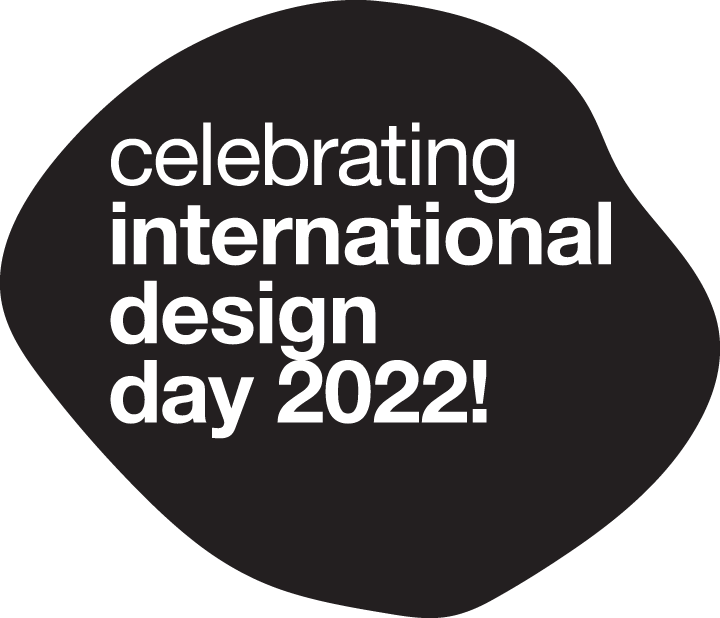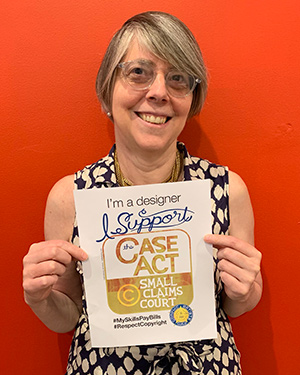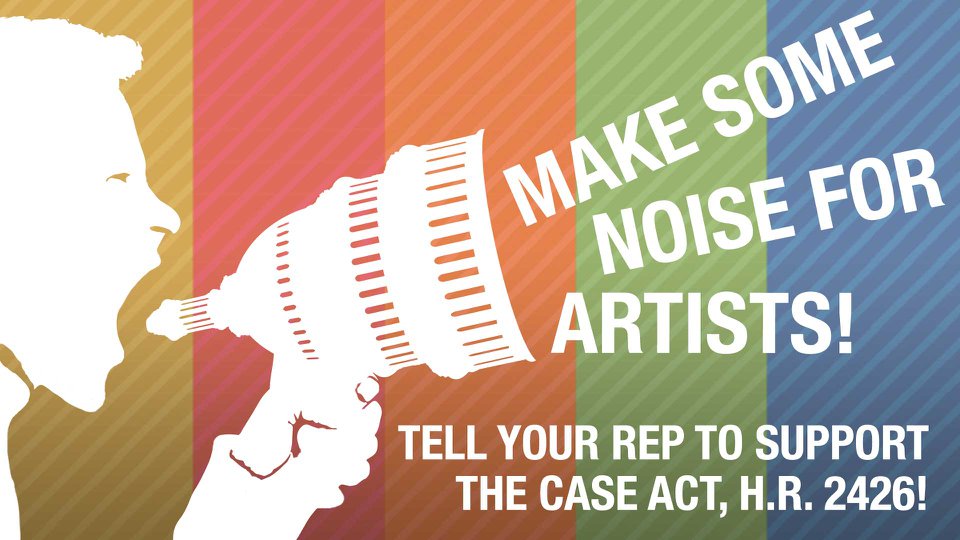27 Apr Rebecca Blake: Suspended in Transition IDD 2022
The theme of the International Council of Design’s International Design Day 2022 is “Suspended in Transition” – the odd place we find ourselves, caught between crises and the hope for a new normal.
We asked Graphic Artist Guild Members what role designers and illustrators play in effecting change for a better world, and how they, as a working professionals, are meeting the challenges of this new world.
How have you adjusted to the large-scale changes in how we work and interact with our clients and our communities?
As with everything I do nowadays, my work life is bifurcated between my professional life as a designer, and my work on the boards of the Graphic Artists Guild and the International Council of Design. Both halves of my work world have been greatly impacted by the pandemic. The small design firm I work for, Optimum Design and Consulting, had already had a turbulent year pre-pandemic culminating in a sudden move to a new office space. The new office was under construction when the pandemic hit, so I was already used to working remotely. What we didn’t anticipate is how long it would take to return to in-office work — we’re still waiting on furniture and supplies.
The advocacy part of my life was turned on its head a bit. On the national level, the Guild became absorbed with finding pandemic resources and support for our members — 100s of hours were spent putting together resource lists and lobbying Congress for assistance for freelancers and mico-businesses, all via video conferencing. The Council also had to do a dramatic pivot, going from in-person board meetings a few times a year to frequent virtual meetings. So much programming which had relied on in-person meetings had to be postponed or cancelled.
Has your perception of the role you play as a designer or illustrator changed in response to the various crises we’ve been experiencing? Has it affected how you work, what projects you want to work on, or how you want to engage?
Because of my work with the Guild and with the Council, I had become convinced of two things: 1) that the work designers and illustrators do is highly valuable and we as economic and cultural drivers have the potential to exert great influence over our work lives; and 2) as valuable drivers of both culture and economies, we have a tremendous responsibility in what we do – the projects we take on, the goods and services our work promotes, the lasting effect of what we do on society and the environment. The pandemic change my thoughts, but rather validated them.
The pandemic did reveal some ugly truths that came to light during our advocacy work. The national crisis experienced by US graphic artists really highlighted the fundamental inequity in the United States – for example, the difficulty individual designers and illustrators had in accessing PPP funds as profitable larger businesses snapped them up, or the way funds earmarked for underserved communities simply disappeared. That accentuates the value that organizations like the Guild have, in providing a unified voice, and in bringing issues head-on to legislators and decision-makers.
How do you believe designers and illustrators are positioned to help imagine and create a better future?
Designers and illustrators are not only positions to create a better future; it is our responsibility to do so. The Council does a great job in framing the discussion and challenging designers on their website – in their Polemics section – and from their posts on social media. From their statement on professionalism in design: “What we call ‘being a professional’ is a combination of a commitment to a high standard of performance and integrity, with a perspective on the needs of individuals as well as society.” That is an incredibly empowering statement – by accepting our responsibility to society, we’re acknowledging the power we have to facilitate change for the better.
We do that by the guiding our clients to make better choices – it can be something as simple as directing them to choose a webhost with carbon offsets, or proposing they use imagery that shows diversity. We do that by how we choose which projects we work on – what products are being marketed, what messaging is being broadcast, how is a business engaging with its community. We do that by following ethical standards in how we conduct ourselves professionally, and how we encourage the next generation of professionals. It’s unreasonable to expect every action will reach some idealistic ethical mark. (Realistically, we may not be able to turn down the less-than-optimal client or project.) But there are always micro steps we can take to contribute to creating a fairer, cleaner, better world.
All images © Rebecca Blake for the Graphic Artists Guild.





